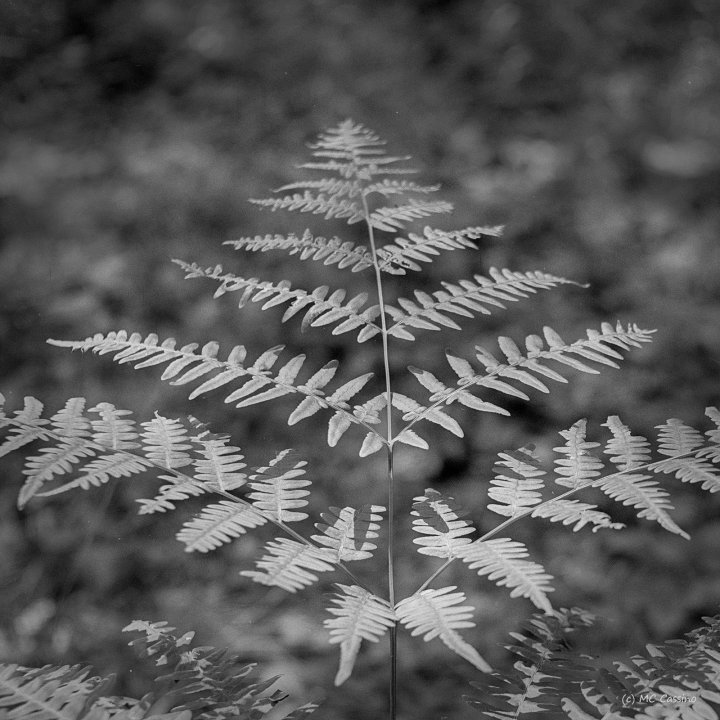Hands On With the Ricoh Diacord L TLR
Build and Ergonomics
This is a well built camera with simple controls. Focusing is handled with "Duo-Lever" controls - two levers on either side of the camera that control the focus mechanism. The levers are very precise and allow for fine adjustment of the image - and if you only have one hand free, one lever is all that is needed focus the camera.
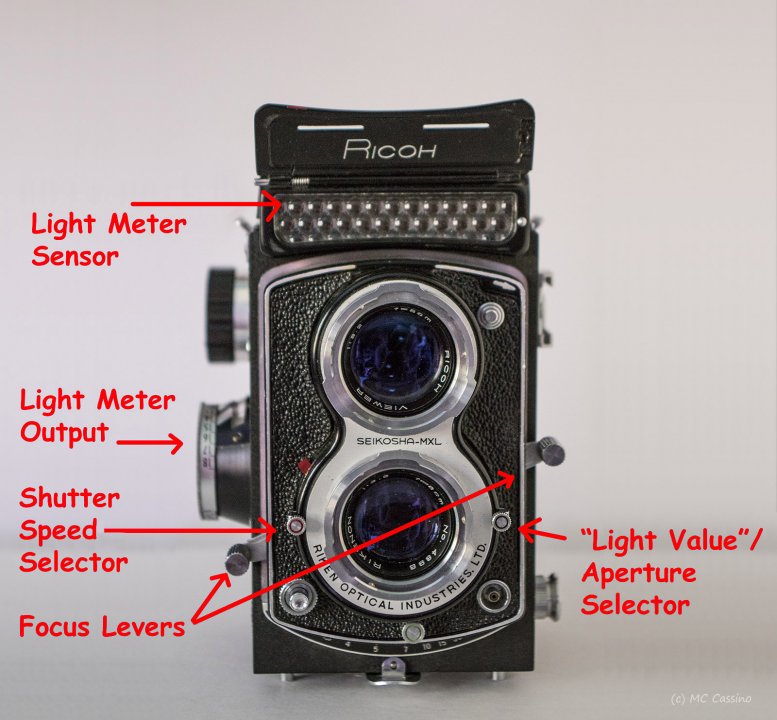
Exposure is set by two levers, one on each side of the lens assembly. The "light value" / aperture lever controls aperture and is also used to set the baseline exposure from the meter (more on that in the metering section below.) Another lever controls the shutter speed. Per the manual, the shutter only supports the indicated speeds and setting the shutter speed between two speeds "will NOT give you an intermediate shutter speed." (Diacord L manual, page 15). Shutter speeds are in non-standard increments (1 -2 -5 -10 -25 - 50 - 100 - 250 - 500).
The shutter is not linked to the film advance mechanism and must be manually cocked before firing. This makes double exposures possible, which can be either a bug or a feature, depending on your perspective.
The shutter button is located in the lower right corner ("right" being from the user's perspective.) One limitation of this camera is that is does not accept a standard cable release. A cable adapter is mentioned in the manual, but I have not been able to find one. Some users mention that a Leica cable release adapter (a.k.a "Lieca nipple") can be used, but I have not found one that looks like it would work with the threading that the shutter release screws into.
Images can be composed using either the ground glass or direct view frame. I usually use the ground glass finder with the critical focus magnifier.
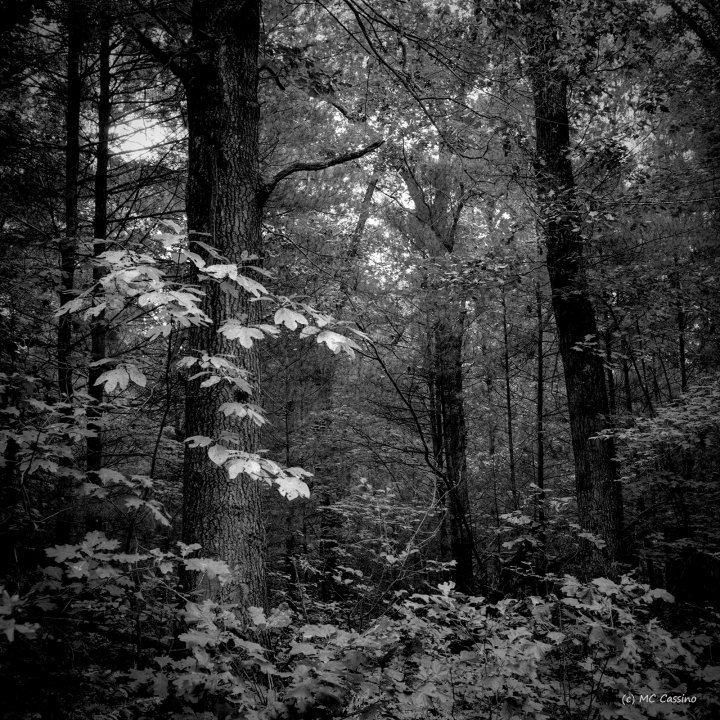
Lens
The 80mm f3.5 4 element Tessar style lens is very sharp. A few sample images, all shot at f8 or f11:
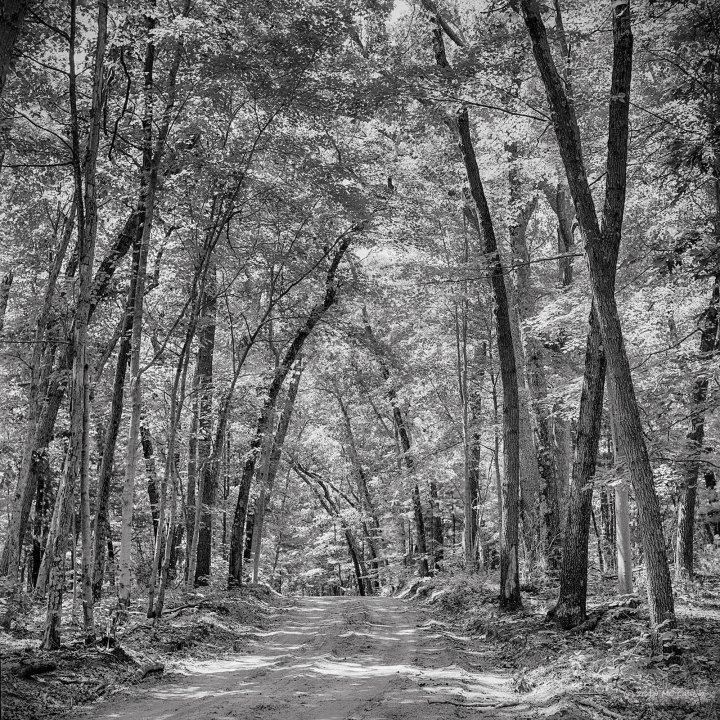
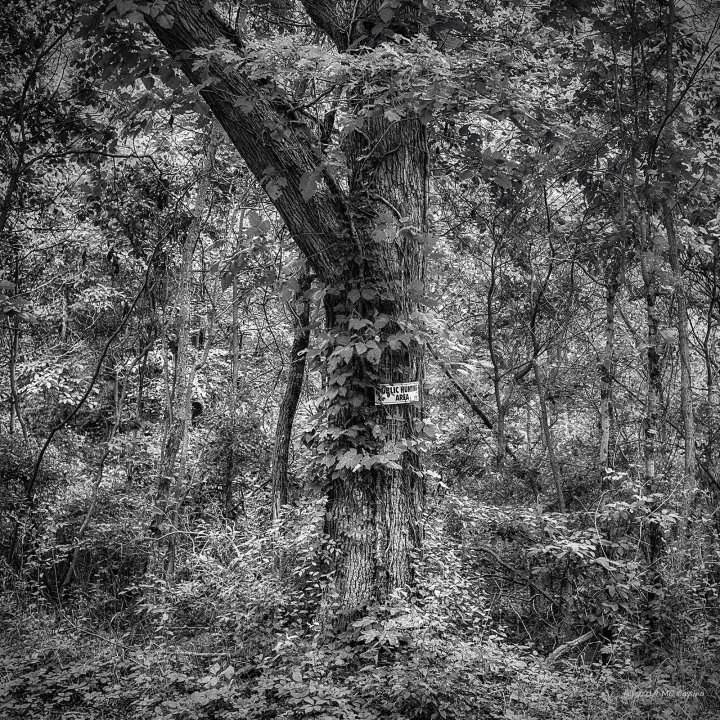

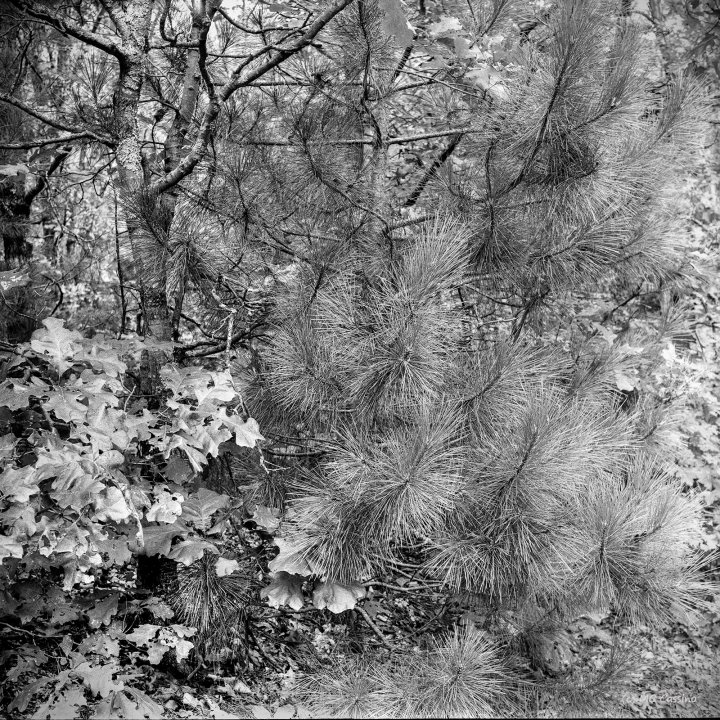
The bokeh is something of a mixed bag, sometimes OK but sometimes not. It's a matter of opinion, but I don't think I've seen a really nice bokeh in any shot I've taken with this lens. Again, a few images, all of which were taken with the lens wide open in order to test the bokeh:

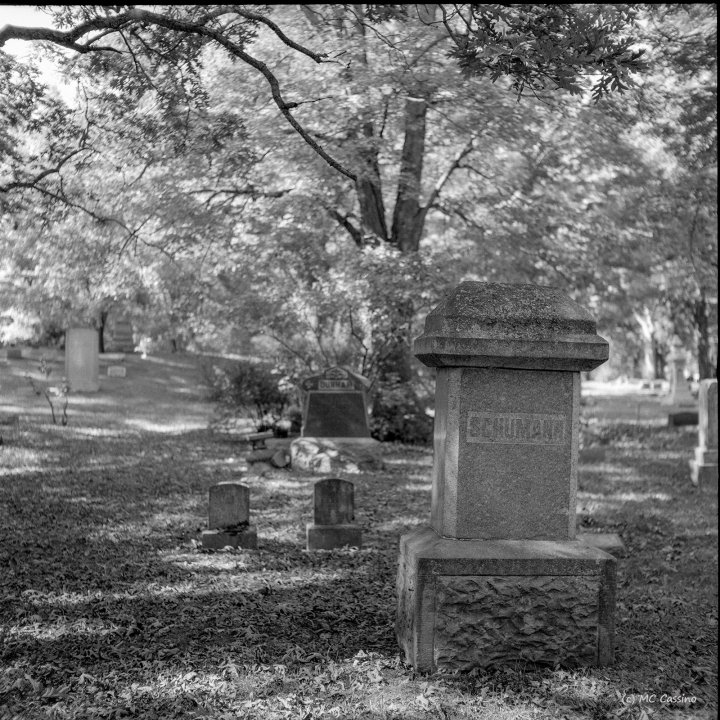


In the last image above - the milkweed seedpods - the trees in the background are quite far away from the focal place, but just never achieve a nice out of focus effect. The Diacord L has a 5 bladed aperture which is not considered ideal for bokeh, but since these images were shot with the lens wide open, the shape of the aperture has no effect. On the plus side, this lens does a great job rending scenes where a deep depth of field is needed.
Light Meter
It's somewhat amazing but the light meter in this 60+ year old camera is still functioning and is still measures light accurately, producing readings identical to the Polaris SPD100 exposure meter that I use with the Pentax 6x7. That said, the simple reflected light meter in the Diacord is fairly crude, often measuring the light at the camera's location as opposed to the light reflected from the subject. In the Diacord manual Ricoh makes note of this, and recommends tilting the camera downward and metering off the ground in front of the subject. For more accurate readings I usually resorted to the Polaris meter with its spot metering attachment, but if you don't want to carry a separate meter the Diacord's built in meter is better than nothing.
The Diacord's metering system is based on exposure value (EV) system and is simple and easy to use once you get the hang of it. Set the meter to the film's ISO and take a light reading. The meter reports a single number that represents all possible aperture / shutter settings for the light value. For example, here's an image of the meter on the camera showing light reading of EV 14:
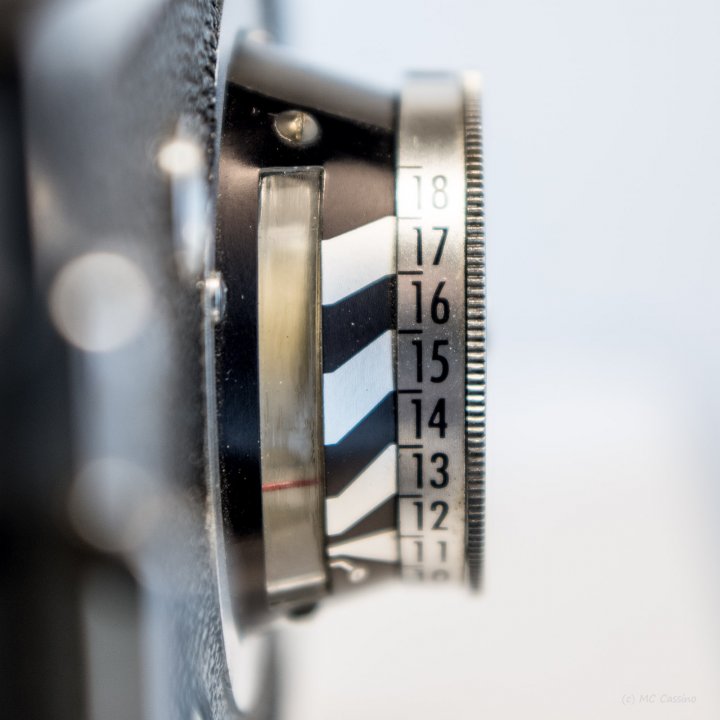
To translate that into aperture and shutter settings, just slide the "light value" lever (see above photo of the Diacord L controls) until the yellow line on the "light value" / aperture control lands on the EV number from the meter. Like this:
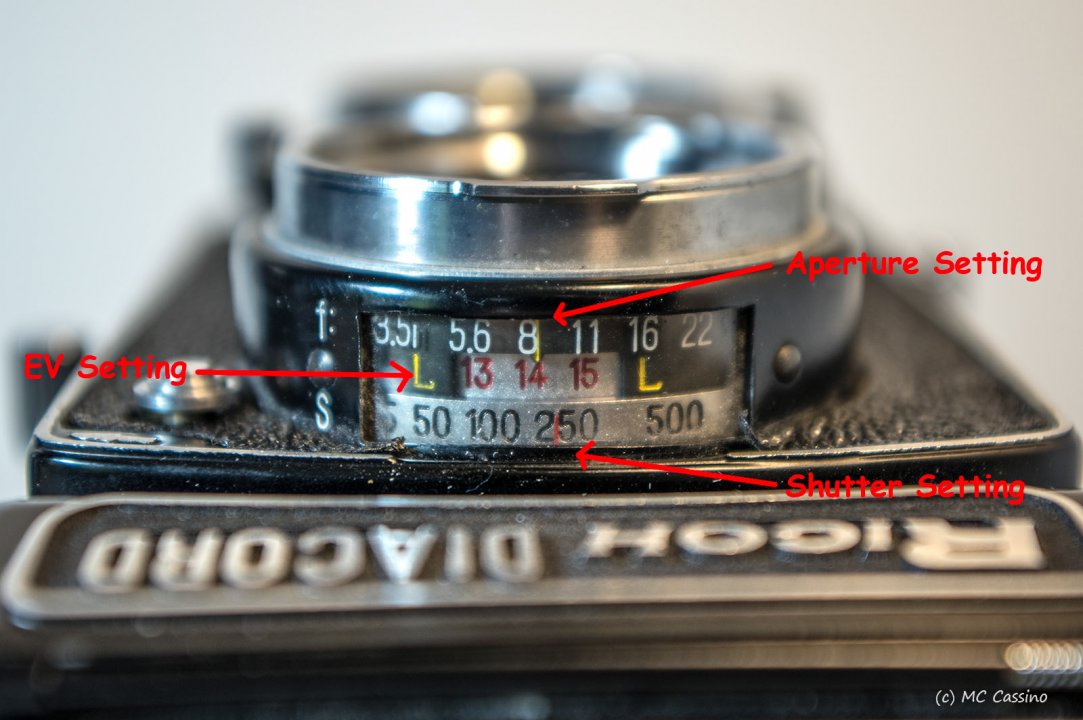
In this photo the EV number is the red numeral in the middle row of numbers. Aperture is above it and shutter speed is below. The meter reading of EV 14 results in an aperture of f8 and shutter speed of 1/250.
This automatically dials in a correct exposure setting, though the aperture and shutter are arbitrary. To adjust the settings to the aperture / shutter combination you want simply release the "light value" lever and move the shutter lever to the desired shutter speed. The aperture and shutter levers are linked, so once the exposure value (EV) is set simply moving the shutter lever will change both shutter and aperture settings.
So - dial in the EV, let go of the light value / aperture lever, and set the shutter lever to the shutter speed you want. The aperture setting automatically changes. Like in this shot - where the shutter has been set to 1/50th of a second and the aperture is now f16+ (note that the EV setting remains unchanged):
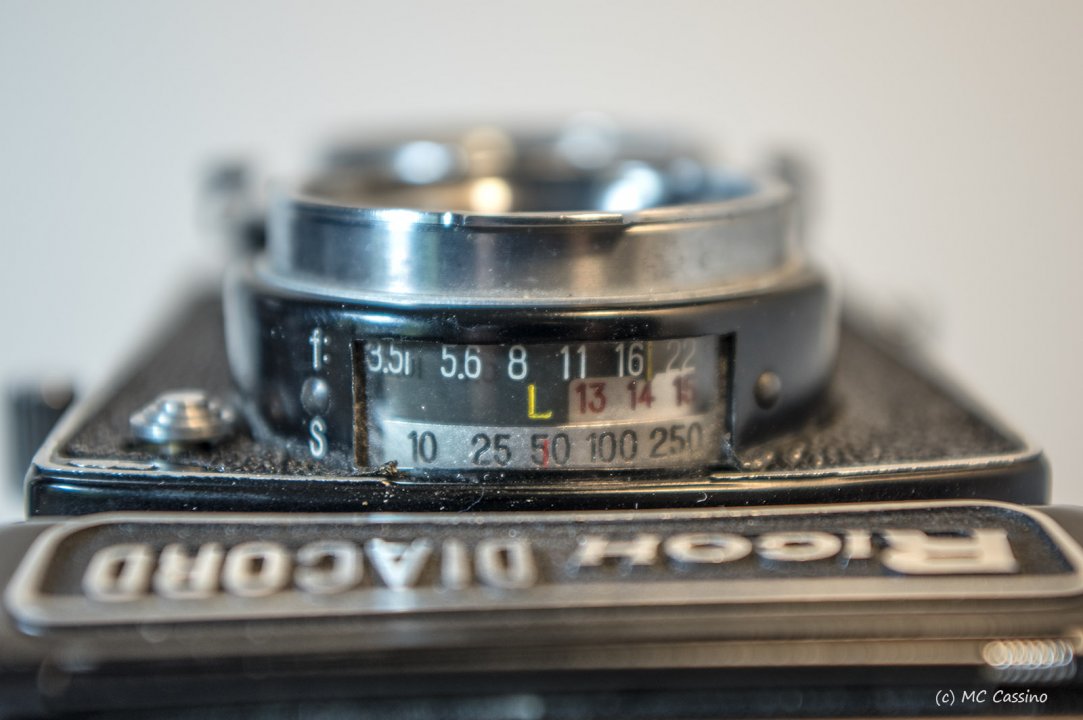
The nice thing about this EV system is that it works with modern handheld meters as well, since most have an EV setting. I set the Polaris SPD100 to give EV values, and use the process noted above to set the exposure. If you are using a meter that just gives you the aperture and shutter setting, just grab the Diacord's aperture and shutter levers and move them to the position you want. The linkage between the aperture and shutter levers can be overridden by moving both.
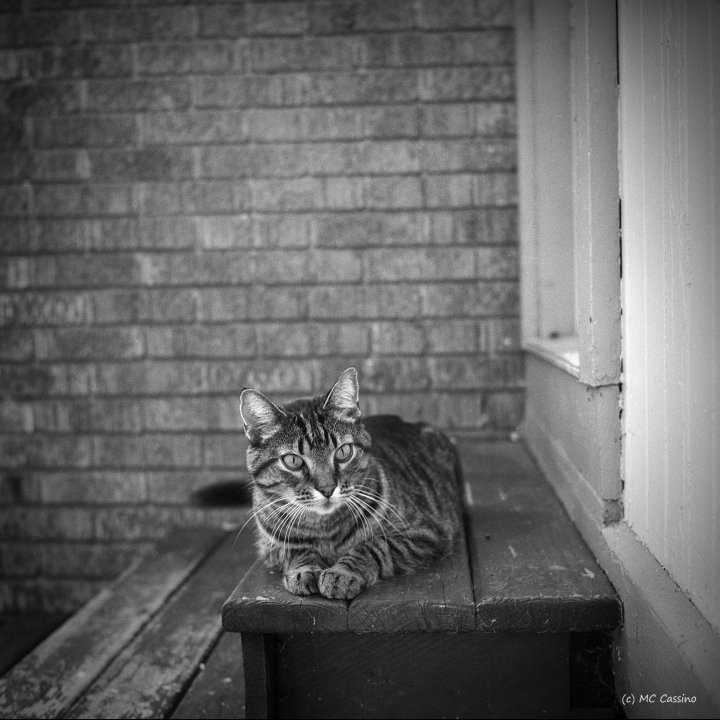
Accessories
The Diacord L uses a standard Bay-1 hood and filter system. New and used filters are available, as are lens hoods. The Bay 1 mount is designed for the hood to mount to an outer ring and filters to mount on an inner ring, which allows you to use both hood and filter at the same time. However, the modern Bay-1 hood I initially bought fit on the inner mounting ring and could not be used with a filter. I wound up buying an old Rollei hood to get one that would work with filters.
The Diacord's tripod mount is embedded in the knob that operates the latch that closes the back of the camera after film is loaded. On my sample the knob itself is not very solid, so the camera is prone to vibrations on a tripod. The solution is to use a mounting plate large enough to contact the four "feet" on the base of the camera. I wound up getting a Sirui TY 70-II Arca Swiss plate, which is just large enough for the job.
Conclusion
I'm enjoying making photos with my Diacord L. It takes up one slot in my camera bag, and with it I always have a medium format film option at hand. I find it to be well suited for landscape work, but would probably look to another camera if for images where bokeh was a central concern.
More Info
For detailed info on operating the Diacord-L, check out the manual which can be found here: www.butkus.org/chinon/ricoh/ricoh_diacord_l/ricoh_diacord_l.htm
More shots taken with the Diacord L on this site can be found here.
Or visit The Magnificent Diacord group on flickr
